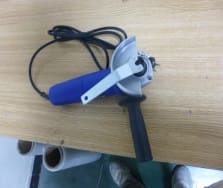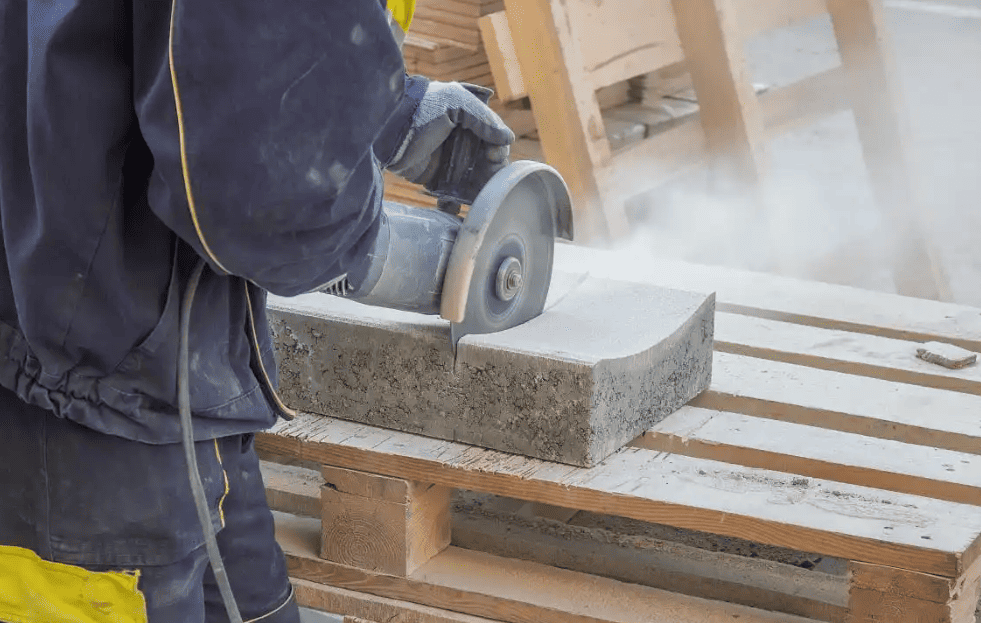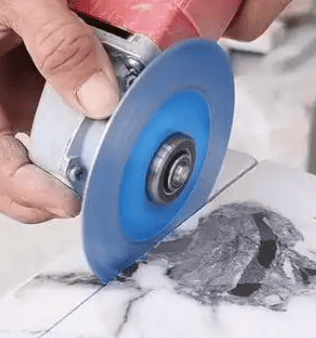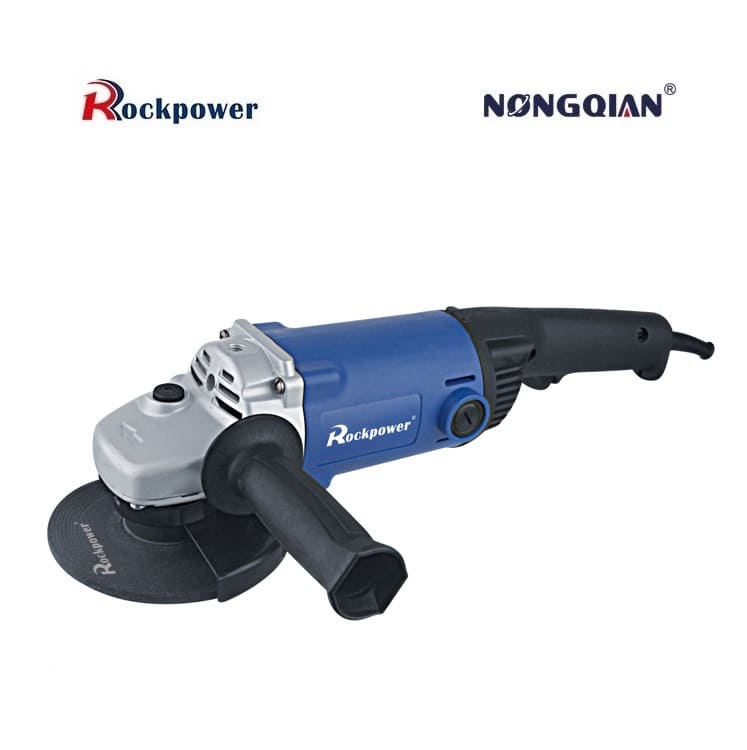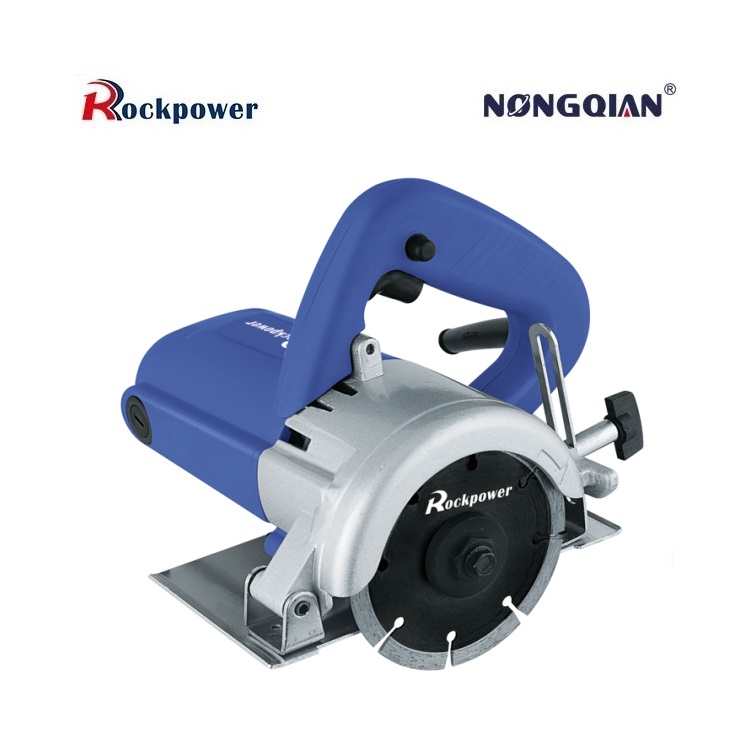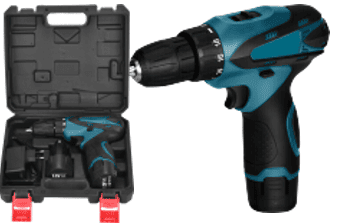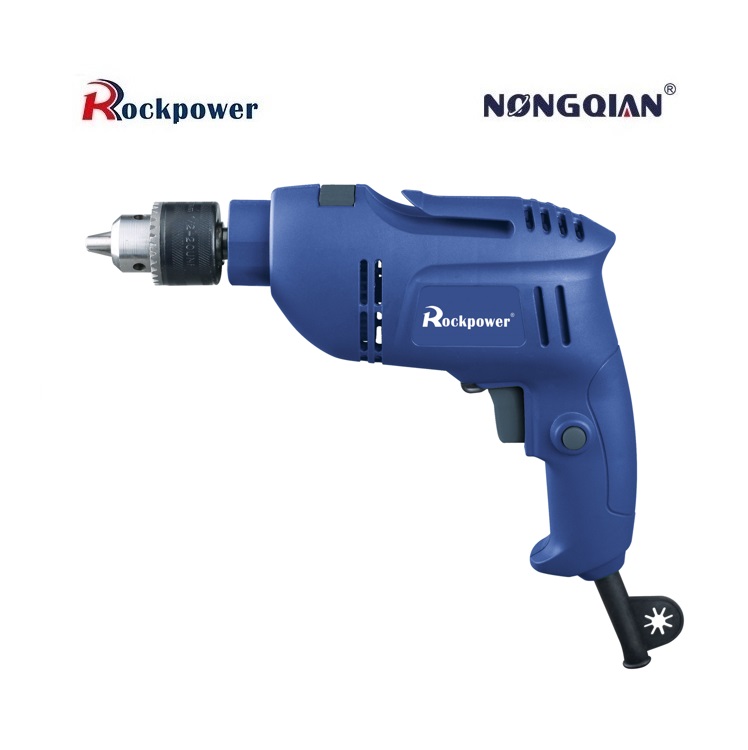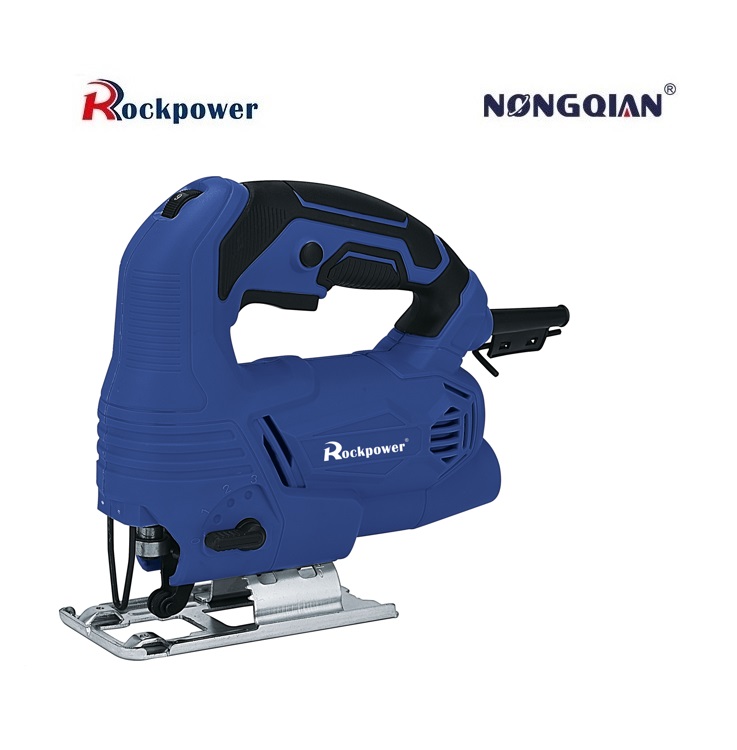How to Use Your Grinder Safely and Soundly
Guidelines for Ensuring Safety in Grinding Applications

Introduction:
Grinding wheels are widely utilized for various applications such as weld preparation, cut-off, and finishing. However, it is important to use them safely and properly to prevent accidents and injuries. Grinding wheels, spinning at high speeds, can become dangerous if damaged or misused, leading to the risk of fragments breaking off like bullets. In this article, we will discuss key guidelines to protect yourself and others during grinding applications.
- Use the Appropriate Machine Guard:
Machine guards play a crucial role in safeguarding the user from sparks, debris, and potential fragments in case of a wheel failure. It is mandatory to use guards as required by the Occupational Safety and Health Administration (OSHA). However, it is important to ensure the guards are in good condition. Damaged guards that are cracked, deformed, bent, or worn out must be replaced promptly. Missing wheel guard fasteners also pose a safety risk and should be addressed during routine maintenance. Using the recommended guard material is essential, as guards made of improper materials may fail to contain wheel fragments. - Avoid Hazardous Guard Scenarios:
Certain scenarios involving incorrect guard usage should be avoided. For example, using a Type 6 or 11 cup wheel with a Type 27 or 28 guard is not recommended. The cup wheel hangs below the guard meant for Type 27 or 28 wheels and offers little protection in case of wheel breakage. Similarly, using a Type 41 straight cut-off wheel with a Type 27 or 28 guard is unsafe, as the guard does not cover one side of the wheel, leaving the operator vulnerable to potential wheel breakage. Removing guards entirely is both dangerous and illegal. - Utilize Personal Protective Equipment (PPE):
Wearing appropriate personal protective equipment (PPE) is essential during grinding operations. A face shield and safety glasses with a strap should be worn to protect against airborne sparks and debris. Flame-resistant clothing and gloves are crucial for safeguarding against burns, cuts, and minimizing operator fatigue. Ear and respiratory protection, such as earplugs or earmuffs and dust masks or respirators, should also be utilized to prevent hearing loss and protect the lungs. - Choose the Correct Wheel for the Job:
Selecting the right grinding wheel and ensuring it is properly mounted on the grinder are vital for safety and successful applications. The wheel’s safe operating speed, marked on the wheel, should not be exceeded. It is important to follow the machine’s normal operating speed, marked on the machine, and operate it at or below the wheel’s maximum rate speed. The size of the wheel should also be compatible with the grinder and fit within the wheel guard. - Follow Proper Storage Procedures:
Proper storage of grinding wheels is crucial to maintain their integrity and prevent damage. Wheels should be stored in a dry area, away from water, solvents, extreme temperature changes, and potential damage from external sources. Suitable storage racks, bins, or drawers should be used to organize and store the wheels safely. The oldest wheels in stock should be used first, and blotters should be stored flat. - Establish an Inspection and Maintenance Program:
Regular inspection and maintenance of grinding tools and abrasives are essential for productivity and safety. All wheels should be inspected for breakage, nicks, or cracks before use. Cords, hoses, guards, and flanges should be checked for damage or incorrect attachments. An effective maintenance program includes proper storage after use and disposing of damaged abrasives. Inspecting the tools and repeating the inspection procedures for each new grinding process is crucial.
Conclusion:
By following these guidelines, you can significantly reduce the risks associated with grinding applications. It is important to prioritize safety, use appropriate protective equipment, choose the right wheel for the job, store the wheels properly, and establish regular inspection and maintenance routines. For more detailed information on grinding wheel safety, refer to ANSI B7.1, Safety Requirements for the Use, Care, and Protection of Abrasive Wheels.
FAQ
Pleas contact with us if you can not find your answer in FAQs.

